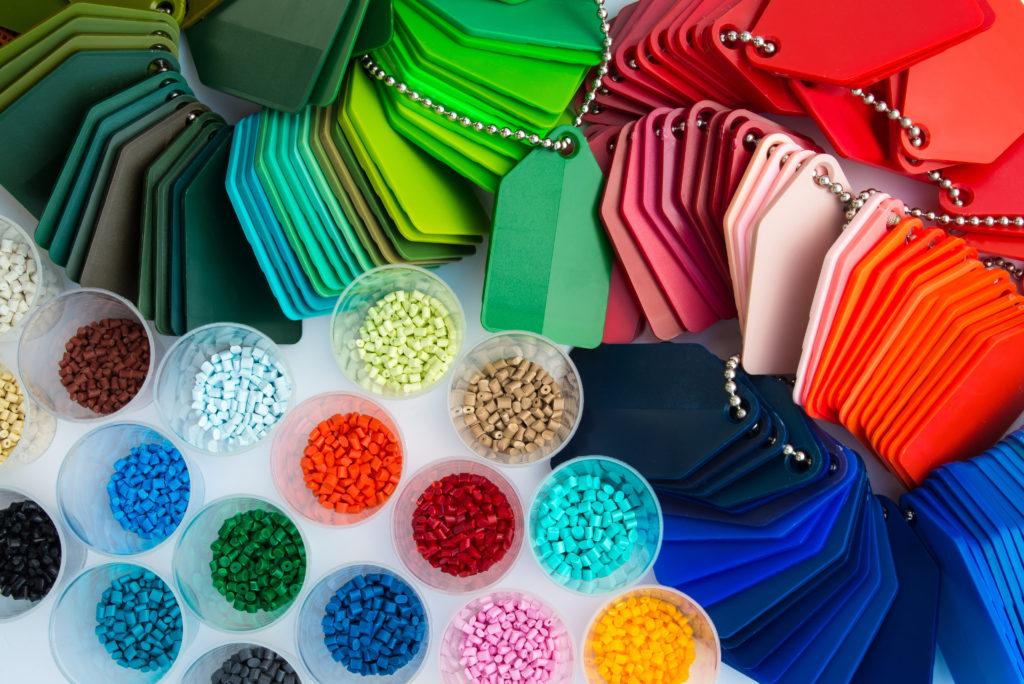Types and Usage
Plastic is material consisting of any of a wide range of synthetic or semi-synthetic organic compounds that are malleable and so can be molded into solid objects.
The word ‘plastic’ – from the Greek for ‘capable of being shaped or molded,’ refers to the malleability of this class of materials.
Types And Usage Of Plastic:
1. Polyethylene terephthalate(PET): PET is the most widely produced plastic in the world. It is used predominantly as a fiber (known by the trade name “polyester”) and for bottling or packaging.
2. Polyethylene (PE): There are a number of different variants of polyethylene. Low and high density polyethylene (LDPE and HDPE respectively) are the two most common and the material properties vary across the different variants.
LDPE: LDPE is the plastic used for plastic bags in grocery stores. It has high ductility but low tensile strength.
HDPE: A stiff plastic used for more robust plastic packaging like laundry detergent containers as well as for construction applications or trash bins.
UHMW: Extremely strong plastic that can rival or even exceed steel in strength and is used is for application in medical devices.
3. Polyvinyl Chloride (PVC): Polyvinyl Chloride is perhaps most well known for its use in residential and commercial property construction applications. Different types of PVC are used for plumbing, insulation of electrical wires, and “vinyl” siding.
4. Polypropylene (PP): Polypropylene is used in a variety of applications to include packaging for consumer products, plastic parts for the automotive industry, special devices like living hinges, and textiles.
5. Polystyrene (PS): Polystyrene is used widely in packaging under the trade name “styrofoam.” It is also available as a naturally transparent solid commonly used for consumer products like soft drink lids or medical devices like test tubes or petri dishes.
6. Polylactic Acid (PLA): Polylactic Acid is unique in relation to the other plastics on this list in that it is derived from biomass rather than petroleum. Accordingly it biodegrades much quicker than traditional plastic materials.
7. Polycarbonate (PC): Polycarbonate is a transparent material known for its particularly high impact strength relative to other plastics. It is used in greenhouses where high transmissivity and high strength are both required or in riot gear for police.
8. Acrylic (PMMA): Acrylic is best known for its use in optical devices. It is extremely transparent, scratch resistant, and much less susceptible to damaging human skin or eye tissue if it fails (e.g. shatters) in close proximity to sensitive tissue.
9. Acetal (Polyoxymethylene, POM): Acetal is a very high tensile strength plastic with significant creep resistant properties that bridge the material properties gap between most plastics and metals. It is known for high resistance to heat, abrasion, water, and chemical compounds.
10. Nylon (PA): Nylon is used for a variety of applications to include clothing, reinforcement in rubber material like car tyres, for use as a rope or thread, and for a number of injection molded parts for vehicles and mechanical equipment.
11. ABS (Acrylonitrile Butadiene Styrene): ABS has a strong resistance to corrosive chemicals and physical impacts. It is very easy to machine, is readily available and has a low melting temperature making it particularly simple to use in injection molding manufacturing processes or 3D printing.











